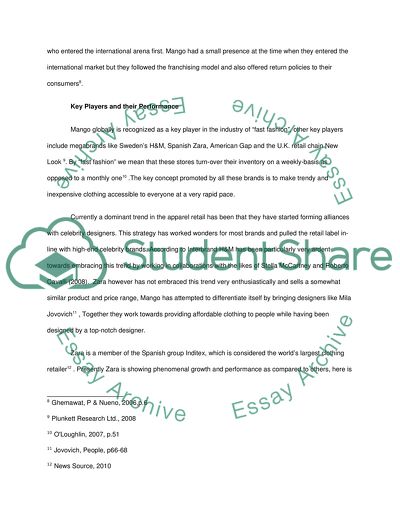Cite this document
(“Mango expands in the world markets Essay Example | Topics and Well Written Essays - 3500 words”, n.d.)
Retrieved from https://studentshare.org/marketing/1395531-mango-expands-in-the-world-markets
Retrieved from https://studentshare.org/marketing/1395531-mango-expands-in-the-world-markets
(Mango Expands in the World Markets Essay Example | Topics and Well Written Essays - 3500 Words)
https://studentshare.org/marketing/1395531-mango-expands-in-the-world-markets.
https://studentshare.org/marketing/1395531-mango-expands-in-the-world-markets.
“Mango Expands in the World Markets Essay Example | Topics and Well Written Essays - 3500 Words”, n.d. https://studentshare.org/marketing/1395531-mango-expands-in-the-world-markets.


